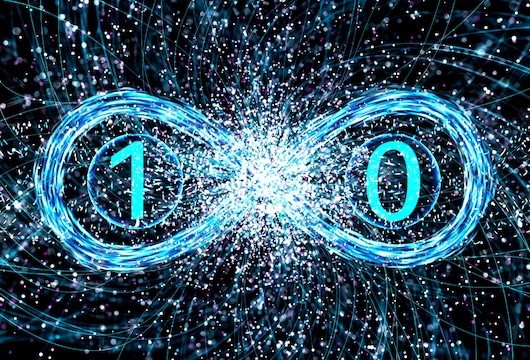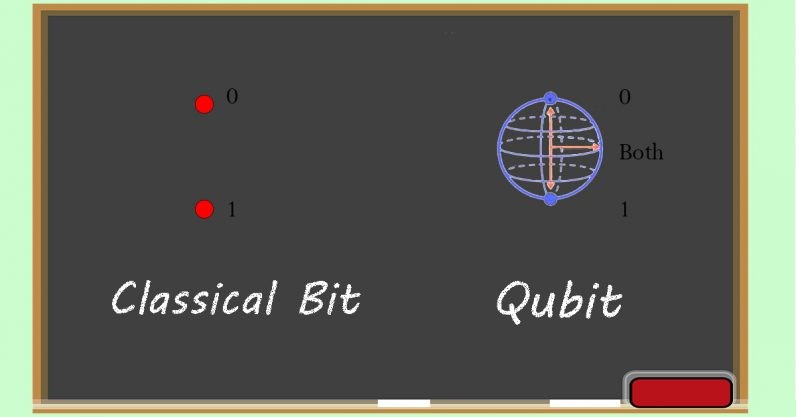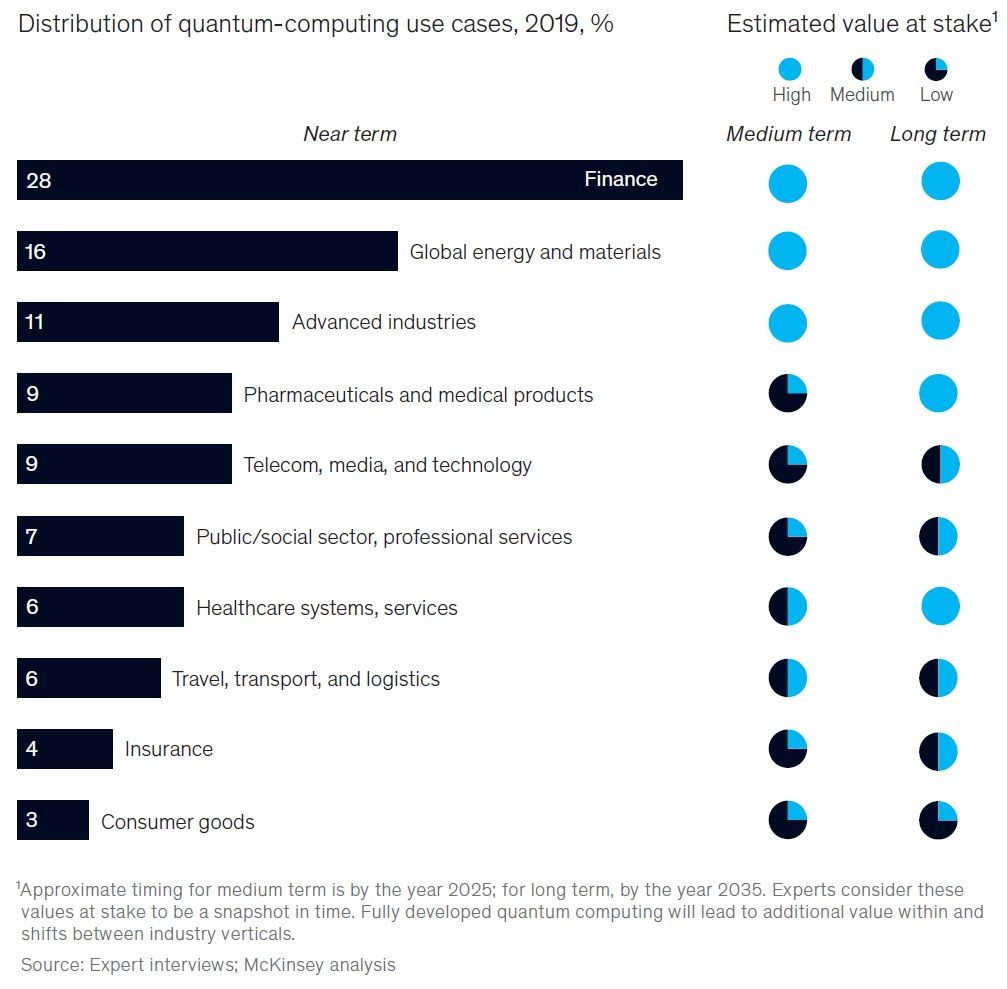How Mr.Einstein will change business?

SME – Small and Medium-sized – Business
23 Mayıs 2020
How about our IQ levels after the COVID quarantine?
24 Mayıs 2020Quantum computing technology is a promising concept favoring to solve many complex problems such as personalized treatments, cures, or optimization problems that cannot be solved with what we have in hand today.
#ai #artificialintelligence #machinelearning #deeplearning #bigdata #quantumcomputing
Linkedin link :https://lnkd.in/dsxsrbq
Who would imagine Mr.Einstein’s abstract quantum theory, one day would turn into a transforming and breakthrough computing technology base. McKinsey issued a document named as “A game plan for quantum computing.”
After reading a few paragraphs, I understood that I knew too little about the concept and started to search for quantum computing(for dummies). Even at the primary level of information, this technology requires an advanced level of physics, mathematics, a full blend of interdisciplinary efforts.

In principle, conventional computing meant 0’s and 1’s, and critically they cannot occur at the same time and place, till today this ‘bits method’ with an enormous pace of innovation helped us to develop business and keep our processes up and running. If you are dealing with many variables(n) and trying to modeling among these, the probability of interactions within a set of n would be two to the power of n. With conventional methods, even with the most powerful computing unit, one could model up to two to the power of 50 at most. Just for clarification, modeling one molecule of hydrogen needs two to the power of 76, which is well beyond what we have in hand.

It took some time for me to understand the difference between bits and quantum bits(qubits). Among all explanations, tossing a coin analogy was the best for me to visualize how it could be possible for 0’s and 1’s to occur at the same time. PC’s we use can only work on 0 or 1, whereas, evaluate all the options one by one and sequentially — Head or a tail at a specific time. But imagine you toss a coin upwards and it starts to spin, in a defined sequence of time you can observe the coin on the move is rotating up and down thus heads and tails at the same time.

Since the idea is first hypothesized, only a few quantum computing units are built. It is not easy and cheap to have one even if you know all the technology behind it. These units are using superconductivity properties of some elements such as Niobium. The weather must be absolute zero(kelvin 0), which is colder than the outer space, and phosphate is embedded among silicon ions to create the spinning to obtain superposition(head and tails at the same). If you handled up to this point, you have to measure the energy changes to interpret as a meaningful result or a range which needs very complex mathematical studies such as ‘Grover’s Algorithm.”
Experts are telling that it will take a few decades to have enough qubit built units to solve very complex questions. With the combination of data science, artificial intelligence and that much of computing power might theoretically bring breakthrough solutions to the world.
Cut development time for chemicals and pharmaceuticals with simulations.
Currently, it’s almost impossible for today’s computers to simulate basic molecules that have relatively few atoms—and proteins, to cite just one example, have thousands of them. Experts believe that quantum computers will be able to model even the most complex molecules in our bodies. Every bit of progress in this direction will drive faster development of new drugs and other products and potentially lead to transformative new cures. With the help of AI, it might be possible to create personalized treatment within hours.
Solve optimization problems with unprecedented speed.
No more dependence on ‘ceteris paribus’ principle, dealing with complex business problems involving a host of variables, will be more accessible. Solving these problems with classical computing is an arduous, hit-and-miss process. As a result, companies must make one complicated calculation after another, a costly, time-consuming process given the multiplicity of variables. But, since quantum has eliminated so many possibilities, this hybrid approach will drastically cut the time it takes to find the best solution.
On the other hand, cybersecurity will be an audacious issue for all businesses.
Today’s computers can’t solve the math problem behind well-architected encryption quickly enough to be of practical use. Since quantum computers can perform multiple calculations simultaneously, they have the potential to break any classical encryption system. Scientists—as well as forward-thinking policymakers—are already at work on this quantum cryptography, trying to prepare for this tipping point.
Based on the interviews done with experts, between 2025 to 2035, quantum computing will impact many industries with different business cases.

